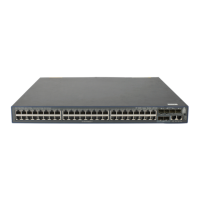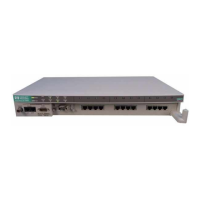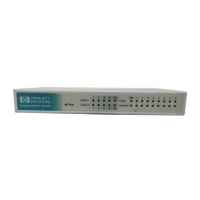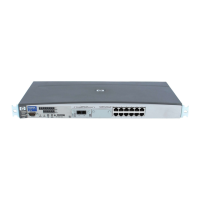74
You can specify a global router ID, or specify a router ID when you create an OSPF process.
If you specify a router ID when you create an OSPF process, any two routers in an AS must
have different router IDs. A common practice is to specify the IP address of an interface as the
router ID.
If you specify no router ID when you create the OSPF process, the global router ID is used. As
a best practice, specify a router ID when you create the OSPF process.
OSPF supports multiple processes and VPNs.
To run multiple OSPF processes, you must specify an ID for each process. The process IDs
take effect locally and has no influence on packet exchange between routers. Two routers with
different process IDs can exchange packets.
You can configure an OSPF process to run in a specified VPN instance. For more information
about VPN, see MPLS Configuration Guide.
Enabling OSPF on a network
1. Enter system view.
system-view
N/A
2. (Optional.) Configure a
global router ID.
router id
router-id
By default, no global router ID is
configured.
If no global router ID is configured, the
highest loopback interface IP address, if
any, is used as the router ID. If no loopback
interface IP address is available, the
highest physical interface IP address is
used, regardless of the interface status (up
or down).
3. Enable an OSPF process
and enter OSPF view.
ospf
[
process-id |
router-id
router-id |
vpn-instance
vpn-instance-name ] *
By default, OSPF is disabled.
4. (Optional.) Configure a
description for the OSPF
process.
description
text
By default, no description is configured for
the OSPF process.
As a best practice, configure a description
for each OSPF process.
5. Create an OSPF area and
enter OSPF area view.
area
area-id
By default, no OSPF areas exist.
6. (Optional.) Configure a
description for the area.
description
text
By default, no description is configured for
the area.
As a best practice, configure a description
for each OSPF area.
7. Specify a network to
enable the interface
attached to the network to
run the OSPF process in
the area.
network
ip-address
wildcard-mask
By default, no network is specified.
A network can be added to only one area.
Enabling OSPF on an interface
1. Enter system view.
system-view
N/A

